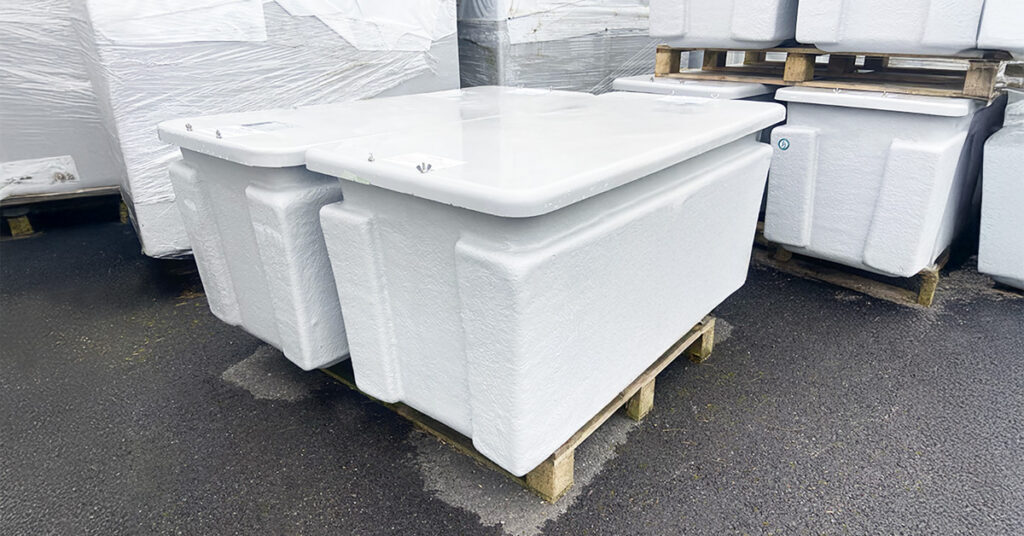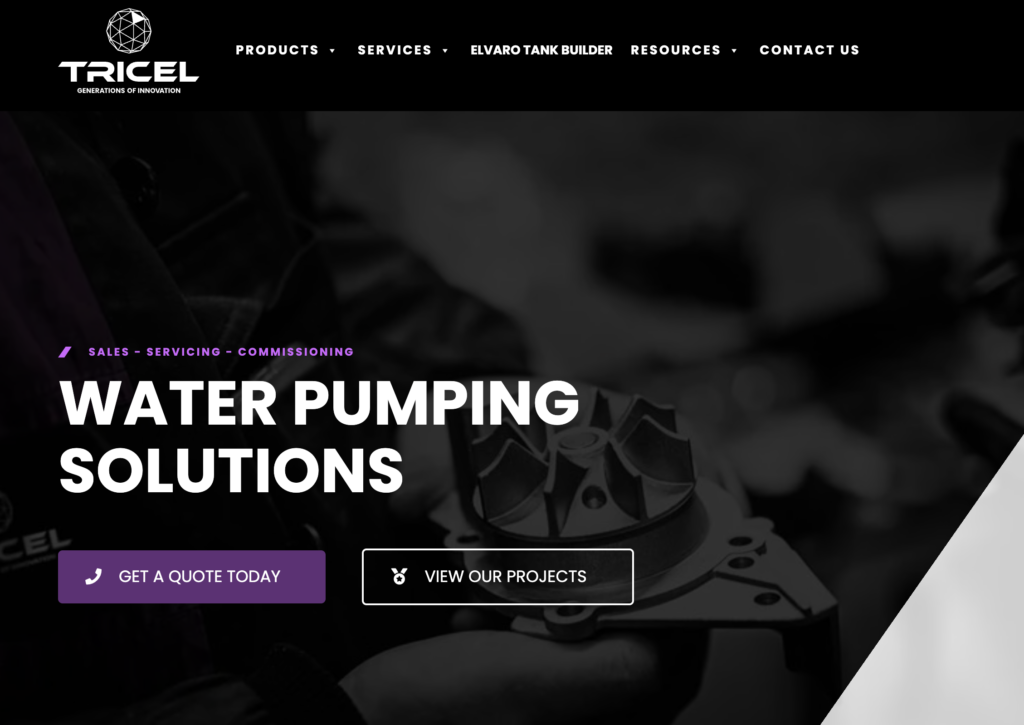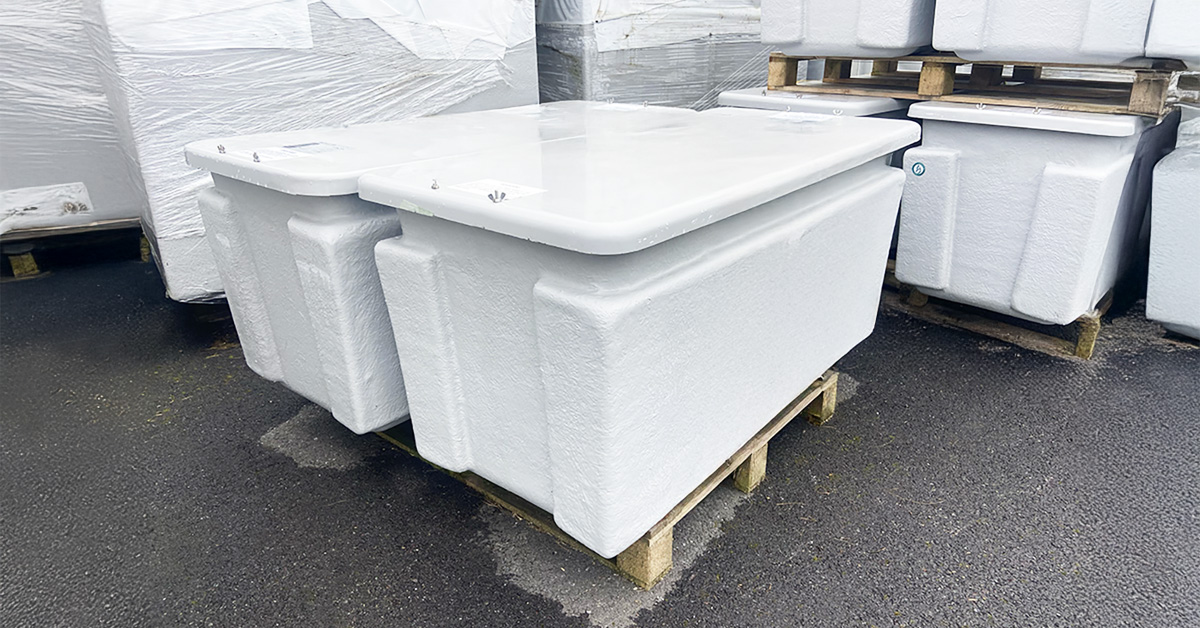
Glass Reinforced Plastic (GRP) Tanks: A Comparison with Other Tank Types
Home » Product Guides & Comparisons » Glass Reinforced Plastic | A Comparison with Other Tank Types

Glass Reinforced Plastic (GRP) Tanks
When selecting the right tank material for your water storage needs, weighing each option’s benefits and drawbacks is essential. Tanks made from Glass Reinforced Plastic (GRP) are increasingly popular due to their durability, strength, and versatility. However, other materials such as plastic (polyethene), stainless steel, fibreglass, concrete, and galvanised steel are also viable options. This article will delve into the characteristics of GRP tanks and compare them to other common types of tanks to help you make an informed choice.
WHAT IS GRP?
Glass Reinforced Plastic (GRP) is a composite material made by combining glass fibers with a resin, usually polyester or epoxy. The result is a strong, lightweight, and corrosion-resistant tank that is widely used for various water storage applications, including drinking water, wastewater, and industrial use.
COMPARING TANKS
GRP Tanks vs Plastic (Polyethylene) Tanks
Polyethylene tanks are often favored for their affordability and ease of installation. They are lightweight and suitable for residential and small commercial water storage.
Strength and Durability: GRP tanks are more robust and can withstand higher pressures and impacts than polyethylene tanks. They are also better suited for environments with extreme temperatures and UV exposure.
Corrosion Resistance: Both materials are resistant to corrosion, but GRP tanks outperform polyethylene in harsh chemical environments and are more UV-resistant.
Cost: Polyethylene tanks are more cost-effective upfront, but GRP tanks offer better long-term value due to their greater durability and strength.
GRP Tanks vs Stainless Steel Tanks
Stainless steel tanks are known for their strength, resistance to corrosion, and high durability. They are commonly used in industries requiring the storage of high-purity water, chemicals, or other sensitive substances.
- Corrosion Resistance: Stainless steel is highly resistant to corrosion, but GRP tanks have the edge in environments where exposure to certain chemicals might cause rusting or staining. GRP tanks offer more protection from aggressive substances like acids, alkalis, and salts.
- Weight and Ease of Installation: GRP tanks are much lighter than stainless steel tanks, making them easier to transport and install. Stainless steel tanks can be heavy, requiring additional workforce and equipment for installation.
- Aesthetic Appeal: Stainless steel tanks often have a sleek, modern appearance, which may be desirable in specific settings. GRP tanks, on the other hand, can be moulded into various shapes and sizes, offering greater flexibility in terms of design and space efficiency.
- Cost: Stainless steel tanks are usually more expensive than GRP tanks in terms of upfront cost and installation. However, stainless steel tanks may be more suitable for high-end applications where appearance and resistance to specific chemicals are top priorities.
GRP Tanks vs Fiberglass Tanks
Fibreglass tanks, like GRP tanks, are made from a combination of glass fibres and resin. However, there are slight differences between the two materials.
- Strength and Durability: GRP tanks are more robust than standard fibreglass tanks, particularly in areas subject to impact or higher pressures. GRP tanks have an enhanced ability to withstand thermal expansion and environmental stresses.
- Flexibility in Design: GRP and fibreglass tanks can be moulded into various shapes and sizes. However, GRP tanks often provide more customisation options, particularly in large-scale installations.
- Maintenance: GRP tanks require less maintenance than fibreglass tanks. Fibreglass tanks, if not properly maintained, can be more susceptible to cracking or delamination.
- Cost: GRP tanks are typically priced slightly higher than fibreglass tanks but offer better long-term value and performance due to their superior strength and durability.
GRP Tanks vs Concrete Tanks
Concrete tanks are traditionally used in large-scale water storage, especially for municipal or industrial applications. Concrete is a strong, long-lasting material but comes with its own set of limitations.
- Durability: Concrete tanks are durable and can last for several decades, but they are more susceptible to cracking, especially in colder climates where freezing can cause damage. GRP tanks are more resistant to cracking and are better suited to varying environmental conditions.
- Weight and Installation: Concrete tanks are significantly heavier than GRP tanks, which makes them harder to transport and install. Installation costs for concrete tanks are generally higher due to the need for more labour and equipment. GRP tanks, being much lighter, offer easier installation and lower costs.
- Corrosion Resistance: Concrete tanks can be prone to chemical corrosion and damage from aggressive substances. GRP tanks, on the other hand, are highly resistant to chemical attack and do not suffer from these issues.
- Cost: Concrete tanks tend to be less expensive than GRP tanks regarding material costs, but they require higher installation costs and maintenance over time, especially in harsh environments.
GRP Tanks vs Galvanized Steel Tanks
Galvanised steel tanks are made from steel coated with a zinc layer to prevent corrosion. They are often used in a variety of industrial and agricultural applications.
- Corrosion Resistance: While galvanised steel tanks are resistant to corrosion, they can suffer from rusting over time, especially in environments with high moisture or exposure to chemicals. GRP tanks are inherently more resistant to rusting and corrosion, making them a better choice for challenging environments.
- Durability: Galvanised steel tanks are generally durable, but their zinc coating can wear away over time, exposing the steel beneath to corrosion. GRP tanks, on the other hand, maintain their structural integrity for a longer period without the risk of rust or degradation.
- Weight and Ease of Installation: Galvanised steel tanks are heavier than GRP tanks and require more labour and equipment for installation. GRP tanks, being lightweight, are easier to handle and install, saving on labour and associated costs.
- Cost: Galvanised steel tanks are often less expensive than GRP tanks in terms of initial purchase price. However, considering the maintenance and potential corrosion issues, GRP tanks offer better long-term value.
GLASS REINFORCED PLASTIC: FINAL THOUGHTS
When selecting a water storage solution, the choice of tank material depends on environmental conditions, durability, installation costs, and long-term maintenance. GRP tanks stand out for their corrosion resistance, strength, and ease of installation, making them an excellent choice for both residential and industrial applications. However, other materials like polyethene, stainless steel, fibreglass, concrete, and galvanised steel each have their advantages depending on the user’s specific needs.
For those seeking a long-lasting, low-maintenance, and highly durable solution, glass-reinforced plastic (GRP) tanks are often the superior choice, especially compared to other common tank materials.
Read More...
- Cold Water Storage Tanks
- Product Guides & Comparisons
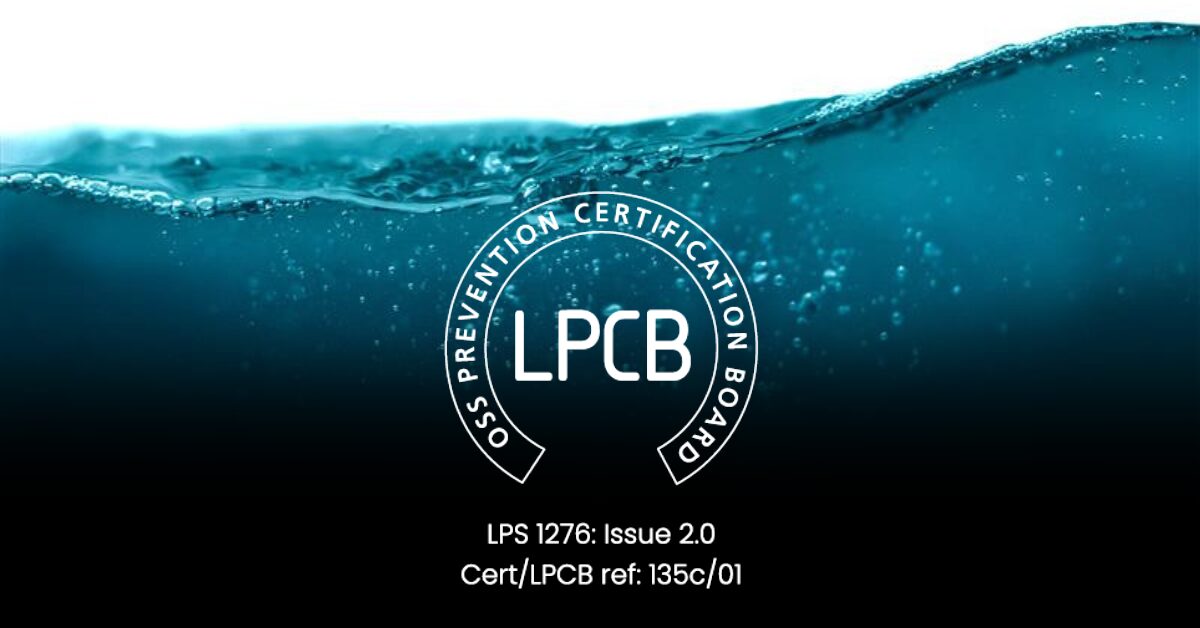
LPCB Approved Sprinkler Tanks
Our LPCB approved sprinkler tanks are designed and manufactured to the highest safety standards, providing reliable water storage for fire protection systems. Fully certified to meet Loss Prevention Certification Board requirements, these tanks ensure compliance, durability, and peace of mind for critical fire safety applications.
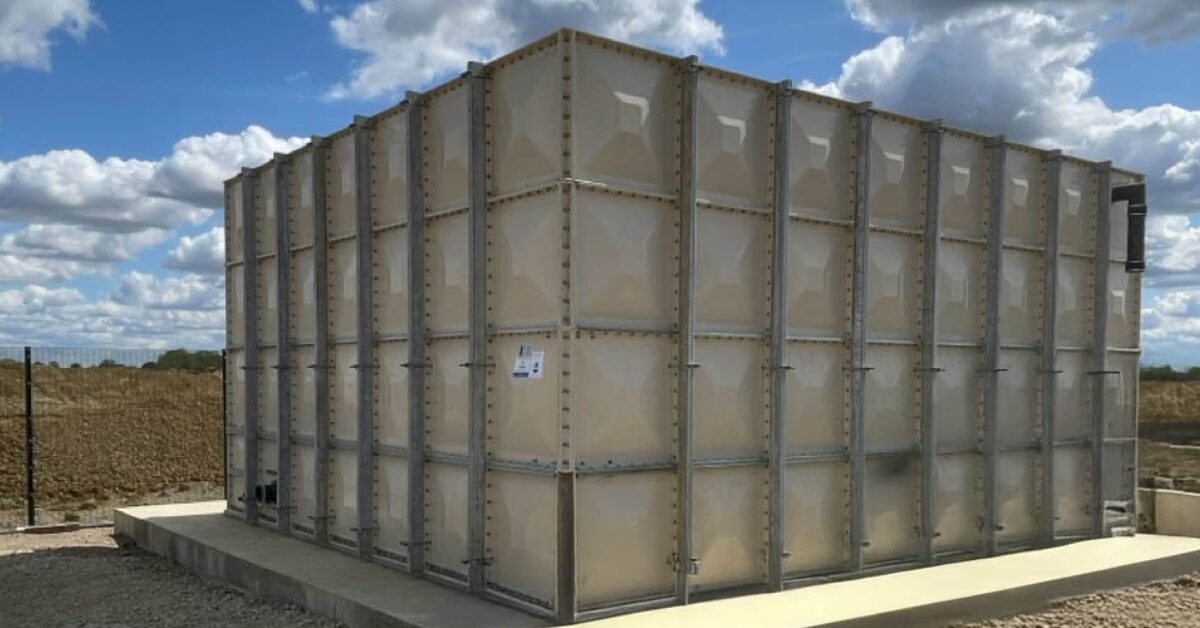
Custom Built Sectional Water Tanks: Tailored Storage for UK Infrastructure
Tricel Water UK delivers custom-built modular water tanks designed to meet the unique demands of modern infrastructure. From restricted access sites to WRAS-approved potable water systems, our bespoke solutions offer flexibility, durability, and full compliance with UK standards.

BS EN 13280 Cold Water Storage Tank Standards | Tricel Water UK
BS EN 13280 is the recognised British and European standard for cold water storage tanks, outlining essential design, construction, and performance requirements. Meeting this standard ensures water storage systems are safe, durable, and fully compliant with UK regulations.
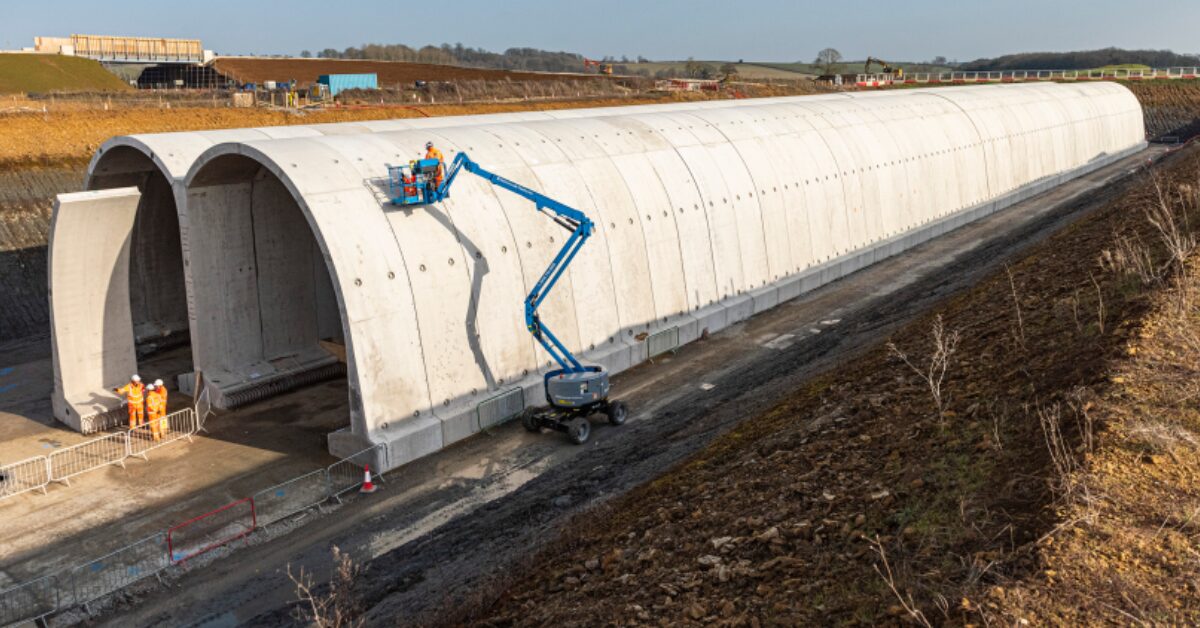
Water Storage Solutions for the UK’s Largest Infrastructure Project
Tricel Water designed, manufactured, and installed two large GRP water tanks (8 m × 7 m × 4 m) for HS2’s Greatworth Green and Chipping Warden Green Tunnel projects. A third tank is planned for early 2026, continuing Tricel Water’s key role in the Green Tunnel programme.
